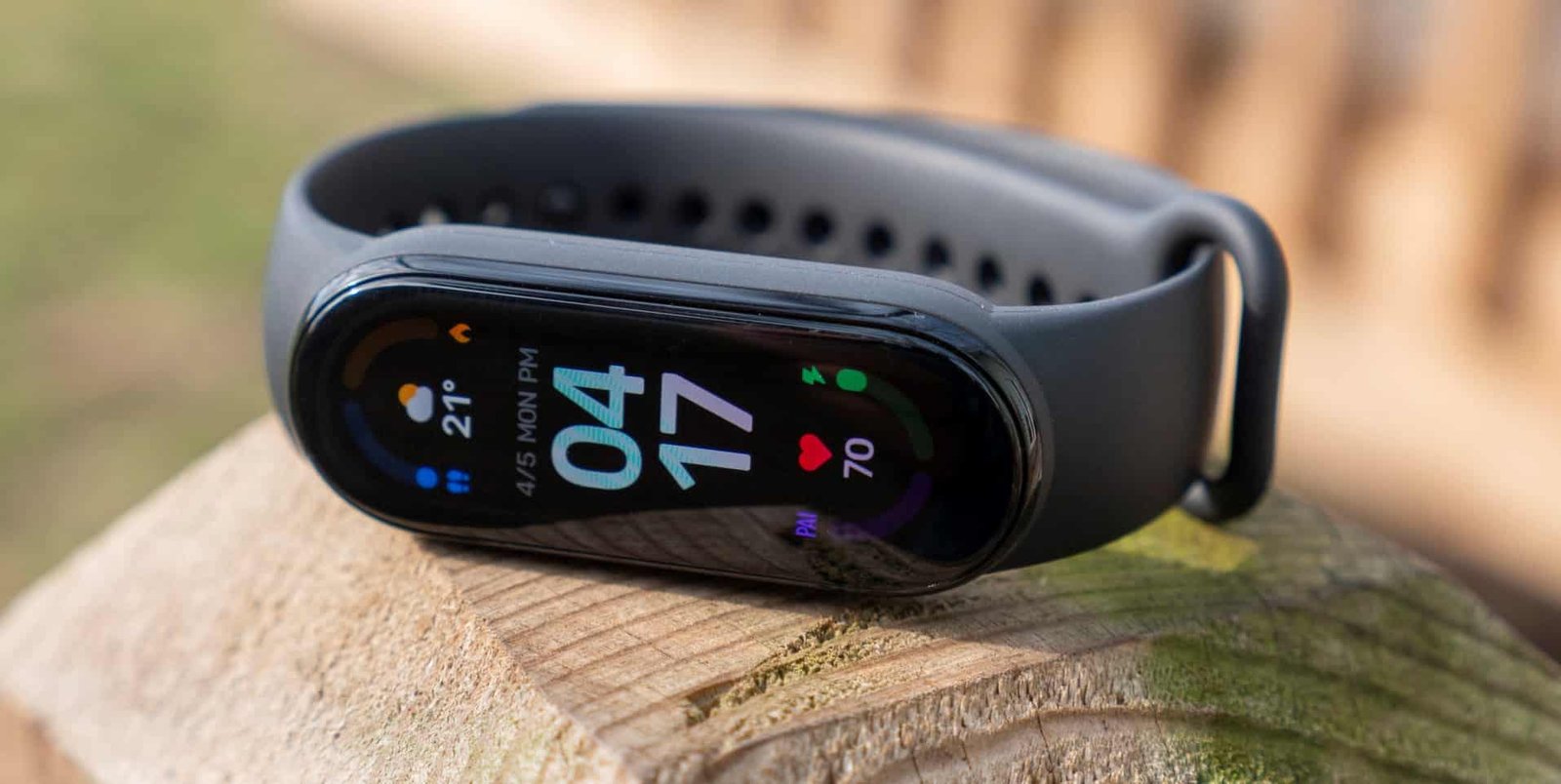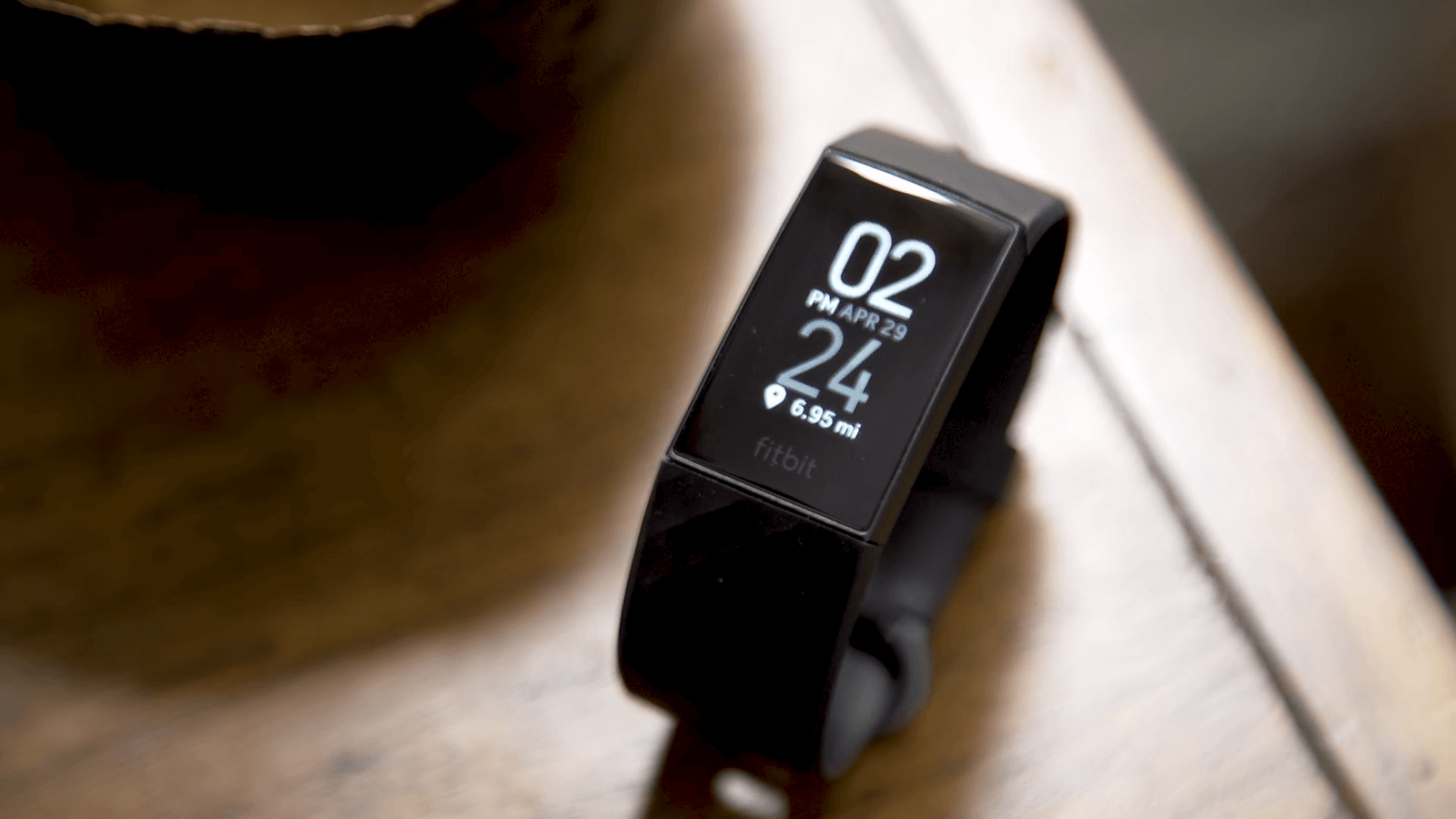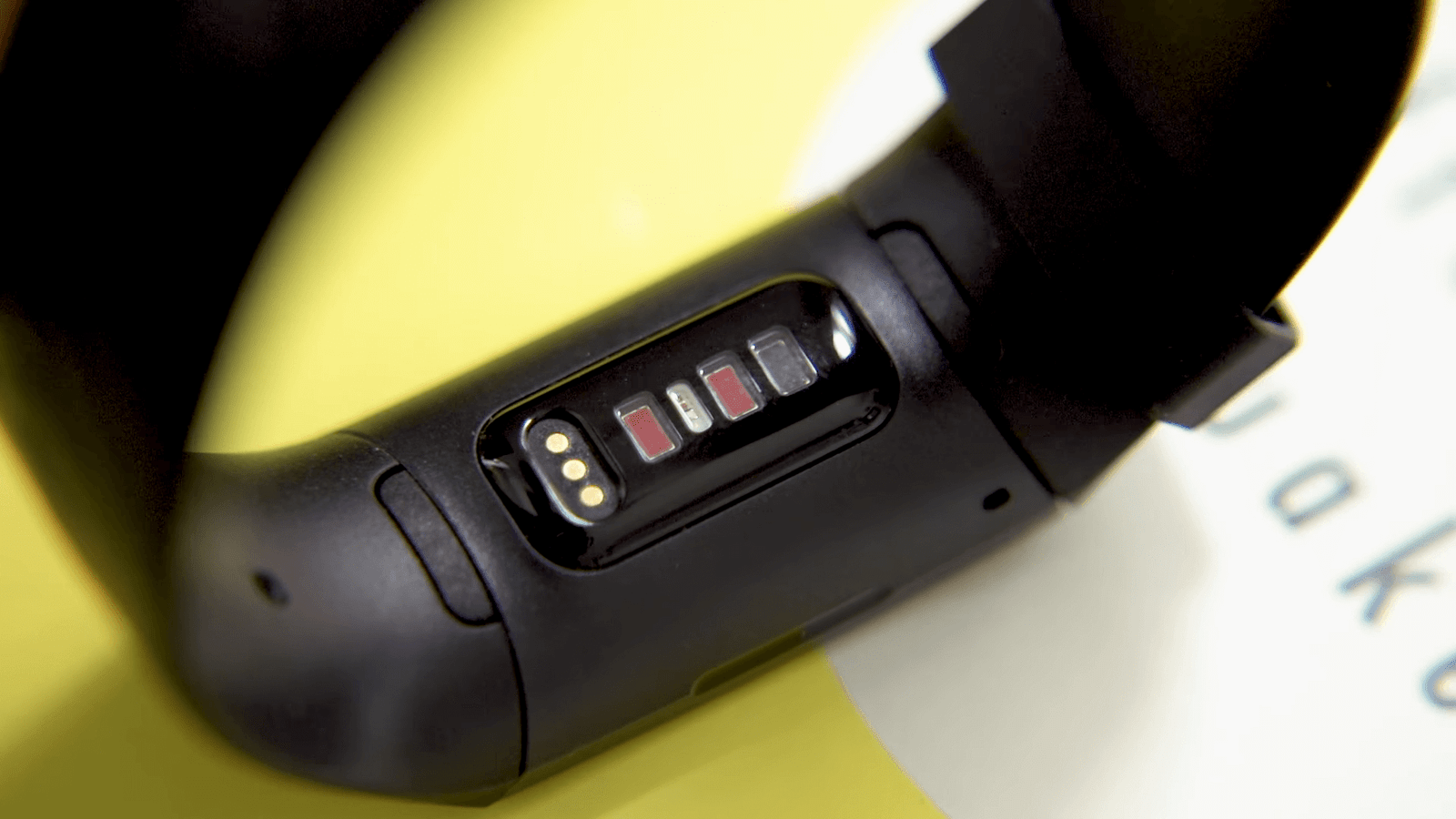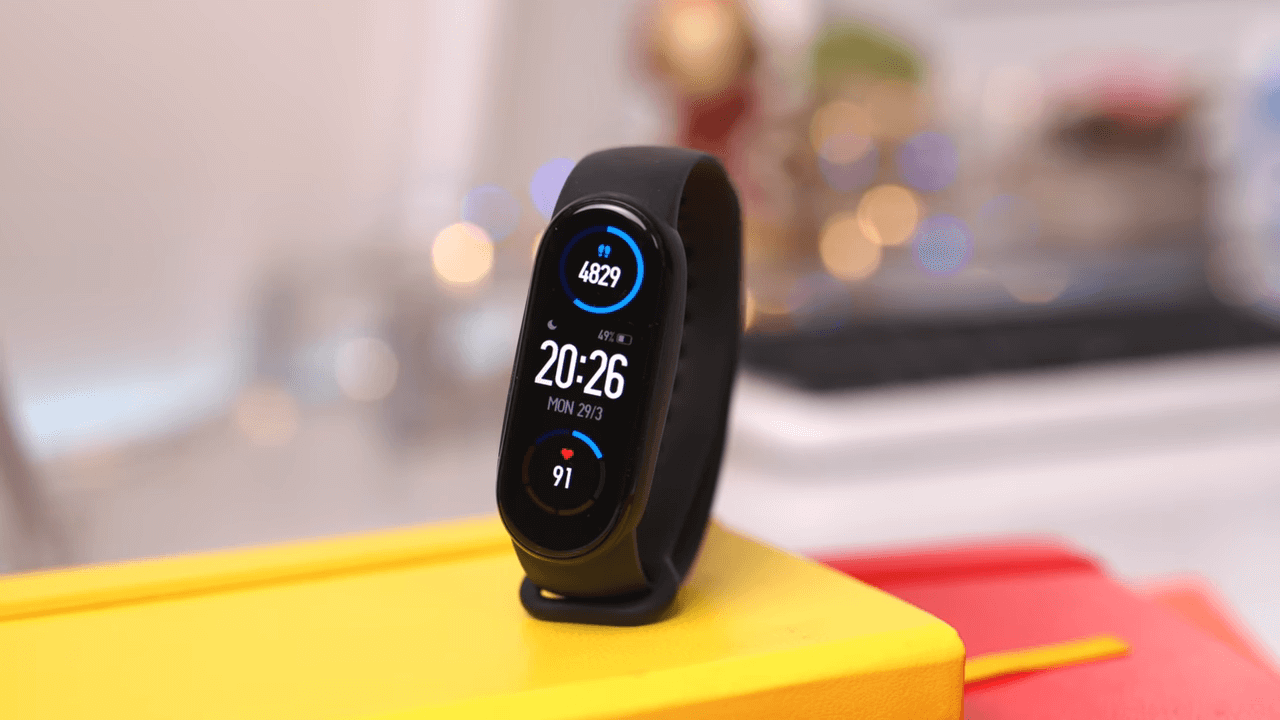We return with a new comparative analysis, one in which we talk about two of the most popular smart wristbands on the market of all – also known as activity monitors, smart bands, or fitness wristbands. In itself, we have, on the Xiaomi side, the famous Mi Band 6 and, on the Fitbit side, the Charge 4, both with a large community of users and one of the best-selling currently worldwide since their respective dates.
Launch, and as they have many characteristics and technical specifications similar and, at the same time, different from each other, now we put them face to face to determine which is better and why so that you can also see which one is best suited to your needs.




General
| Xiaomi Mi Band 6 | Fitbit Charge 4 | |
 |  | |
| $ | CHECK PRICE | CHECK PRICE |
| Brand | Xiaomi | Fitbit |
| Model | Xiaomi Mi Band 6 | Fitbit Charge 4 |
| Release date | March 2021 | March 2020 |
| Compatibility | Android + iOS | Android + iOS |
| Colors | Black, Red, Blue and Yellow | Blue, Black, opaque Vinotinto |
In the case of the Xiaomi Mi Band 6 we have an elegant, sporty and attractive bracelet for day-to-day, sports and, why not? This consists of a full screen design, which comes to this family for the first time with this model, since in past generations there was not.
The Fitbit Charge 4, on the other hand, has a somewhat more squared format, with edges and corners that are not rounded like those of its rival in this case. In addition, we do not get a full-screen design here, and the appearance of this smartband may be somewhat older than that of Xiaomi’s bet. However, it is another activity bracelet that undoubtedly draws attention for its aesthetic appeal.
Already going on to talk about its characteristics and technical specifications, we have the fact that the Xiaomi Mi Band 6 comes with an OLED technology screen that boasts a 1.56-inch diagonal and a resolution of 152 x 486 pixels. As you might expect, it is color and tactile. In addition, it is protected by a resistant glass that stands up to bumps, falls, scratches and typical abuse of the day to day.
Regarding the panel of the Fitbit Charge 4 , we also have a screen that is OLED technology, but in this case it is not color, but monochrome , which means that it only shows elements in grayscale (black and white). However, it is tactile and it also comes with a resistant glass that fulfills the same function as the one on the Mi Band 6. The other is 1-inch and its resolution is much lower, being 100 x 160 pixels. .
Technical Specifications
| Xiaomi Mi Band 6 | Fitbit Charge 4 | |
| Display | AMOLED | AMOLED |
| Touch Screen | OLED | Monochrome OLED touch panel |
| Screen Resolution | 360 x 152 pixels | 100 x 160 pixel |
| Water Resistant | 5 ATM (50 meters) | 5 ATM (50 meters) |
| Connectivity | – Bluetooth 5.0 – GPS connected – NFC (Chinese version) | – Bluetooth 4.0 – Standalone GPS – NFC |
| Sensors | – Accelerometer – Gyroscope – Heart rate monitor – SpO2 | – 3-axis accelerometer – Heart rate sensor – Rotor vibration motor – Sp02 – Vibration motor |
| Battery | 125 mAh LiPo battery, up to to 14 days | – |
| Dimensions | 47.2 x 18.5 x 12.4 mm | 43 x 17.2 x 11.5 mm |
| Weight | 11.9 grams | – |
Both boast of numerous features and functions dedicated to activity tracking. And it is that in this section both smart bracelets include various sensors such as a heart rate monitor and a blood oxygen level monitor. They also have a step counter function, calories consumed calculator, distance traveled, user sleep quality monitoring and, only in the case of the Fitbit Charge 4, floors climbed. To this we have to add the fact that both are capable of detecting sports and activities such as running, cycling, swimming and outdoor leisure to obtain numerous metrics and data on the user’s health and status.
Other sensors that they share are an accelerometer, but the gyroscope only arrives in the Xiaomi Mi Band 6. There is also a vibration motor, but only in the Fitbit Charge 4 and, reducing to a maximum of 5 hours if the GPS is activated, something we will talk about right away.
Something that is still lacking in the Xiaomi Mi Band bracelets is GPS connectivity, which is especially useful for greater precision in the recording of activities and sports metrics. And it is that the Fitbit Charge 4 already has an integrated GPS module , which we see for the first time in this line since the Charge 3 and its predecessors did not have it. The Mi Band 6 can only make use of the connected GPS of the Android or iOS smartphone to which it is linked and paired.
Activity Monitoring
| Xiaomi Mi Band 6 | Fitbit Charge 4 | |
| Step counter | Yes | Yes |
| Calories burned | Yes | Yes |
| Distance travelled | Yes | Yes |
| Raised floors | No | Yes |
| Sleep monitoring | Yes | No |
| Measuring stress levels | No | Yes |
| Heart rate measurement | Yes | Yes |
| Calorie intake | No | No |
| Hydration levels | No | No |
| Running | Record various metrics | Record various metrics |
| Cycling | Record various metrics | Record various metrics |
| Swimming | Record various metrics | Record various metrics |
| Outdoor | Record various metrics | Record various metrics |
Smart Features
| Xiaomi Mi Band 6 | Fitbit Charge 4 | |
| Smartphone notifications | Yes (Apps, messages, notifications, calls and more) | Yes (calls, texts, social apps) |
| Wireless payments | Yes (Chinese version) | Yes (Fitbit Pay) |
| Music storage and playback | No | No |
| Streaming services | No | Support for Spotify playback control |
| Virtual Assistant | Yes | No |
| Meteorology | Weather forecast | Smart weather forecast |
Now, these two activity bracelets come with Bluetooth, how could it be otherwise. Of course, the one of the Mi Band 6 is more advanced, as it is version 5.0; that of the Charge 4 is 4.0. On the other hand, both come with NFC connectivity , but this is available only in the Chinese variant of the Mi Band 6, so it is only functional there, while in the Charge 4 this connectivity feature is available globally for making contactless payments through the Fitbit Pay system.
Regarding music, there is no storage available in any model , but the playback control function is. In addition, as a point in favor of the Fitbit Charge 4, there is support for Spotify , so in this smartband you can control the music of said streaming platform through it; This is something that the Mi Band 6 has, it is worth noting, so the Fitbit bet is better for music lovers. In addition to this, both come with a water resistance of 5 ATM (50 meters).
Price
Finally, the issue of prices is very polarized, since the gap that exists in this sense between the Mi Band 6 and the Charge 4 is quite wide. And it is that the first one can currently be found for sale in Europe and the rest of the world for about 55 USD through Amazon and, depending on the physical store, online platform where you get it and the current offer, this price can be higher or, at best, lower.
The Fitbit Charge 4, meanwhile, is a much more expensive wearable , with a regular price of about 180 USD, which was the launch price of it. However, it can be found in offers that offer it for about 120 USD, as in Amazon at the time of publication of this comparative analysis.
Conclusion!
There is no doubt that both smartbands are among the best that can be bought today for fitness and everyday uses of any average person and athlete / sportsman. The two have many similar functions and characteristics, although they have their strengths and weaknesses, compared to the other.
In this sense, the Xiaomi Mi Band 6 boasts a better screen, a much greater autonomy than its rival and a more modern design and, for many, more pleasant. In the case of the Fitbit Charge 4, we have better connectivity options – such as global NFC and integrated GPS – and support for Spotify, although its price is much higher than that of the Xiaomi Mi Band 6.
Taking all this into account, it is difficult to determine which is better. In the end, it all depends on your needs and what you are looking for in an activity bracelet, as well as the budget you have to buy one or the other.


